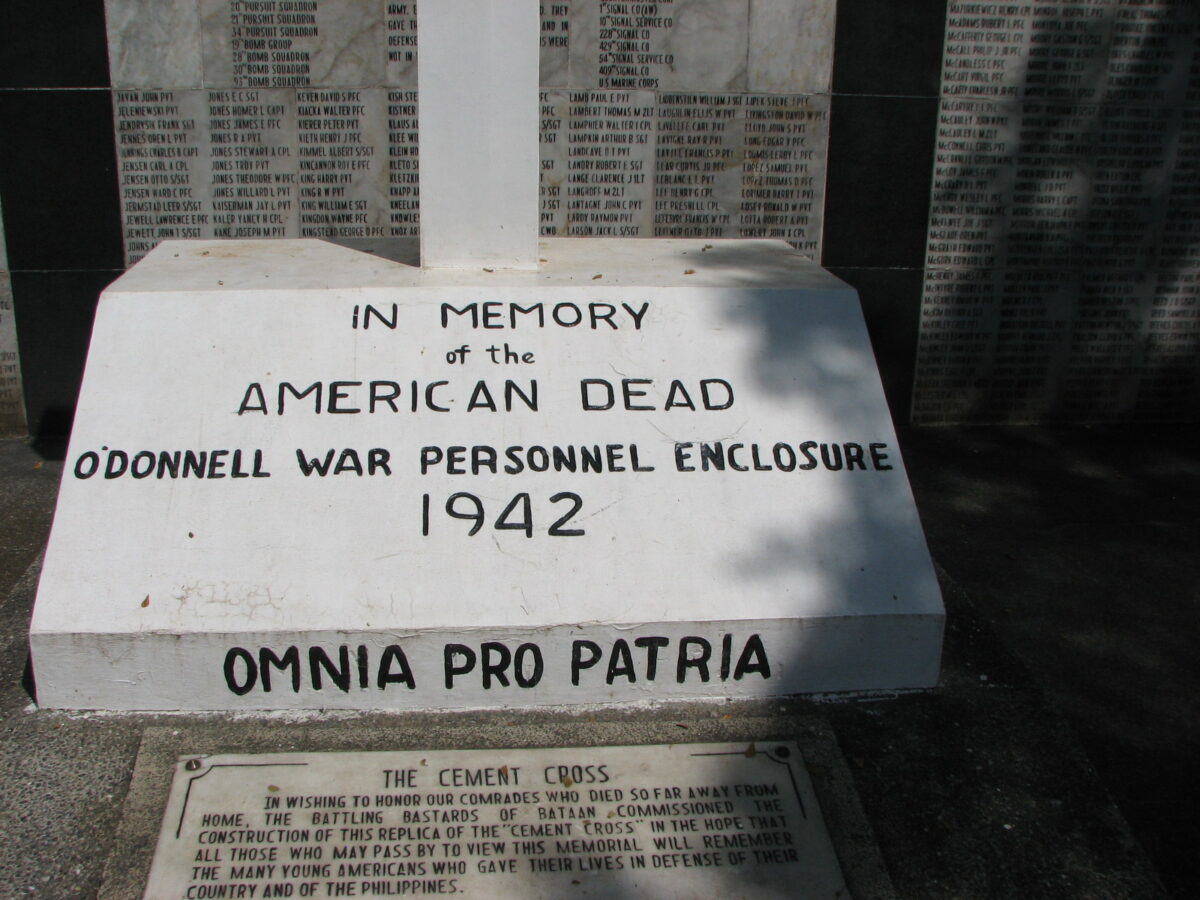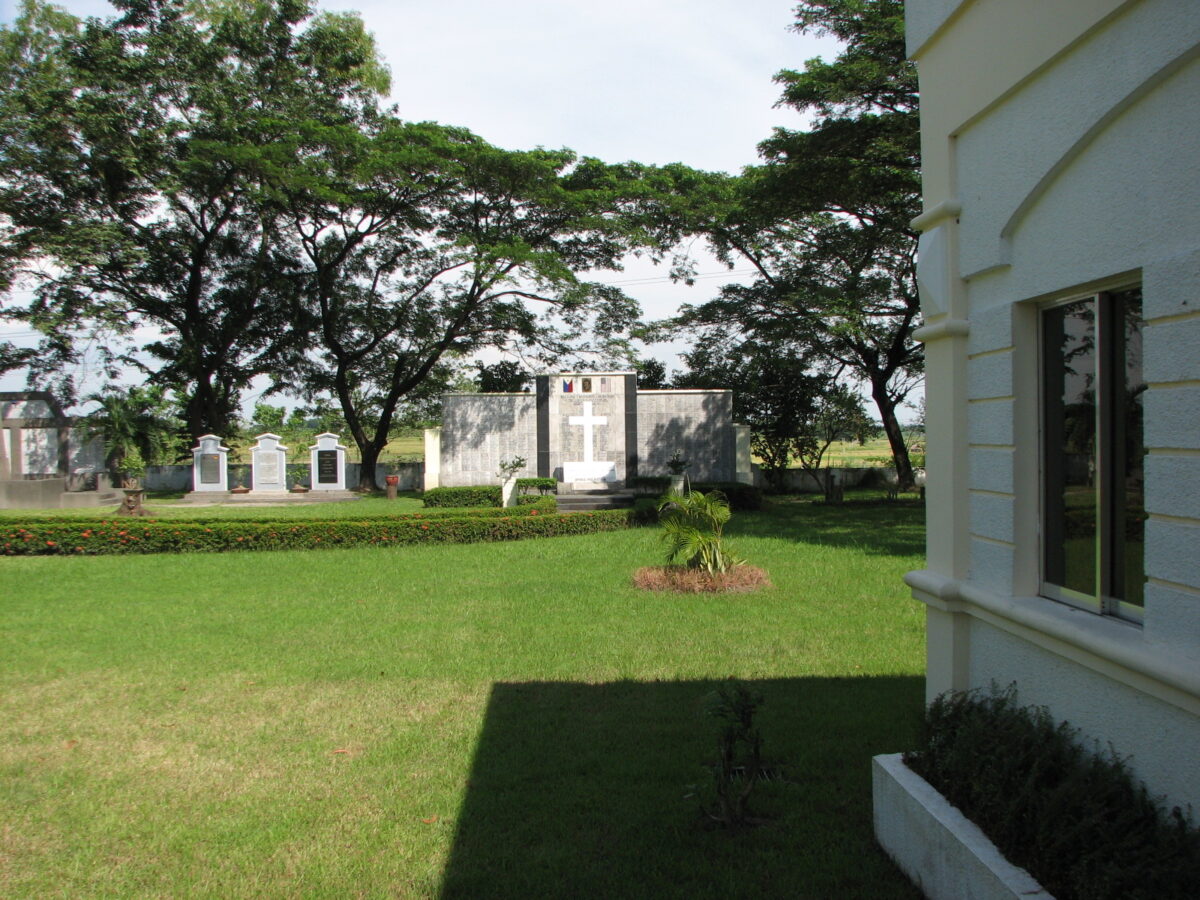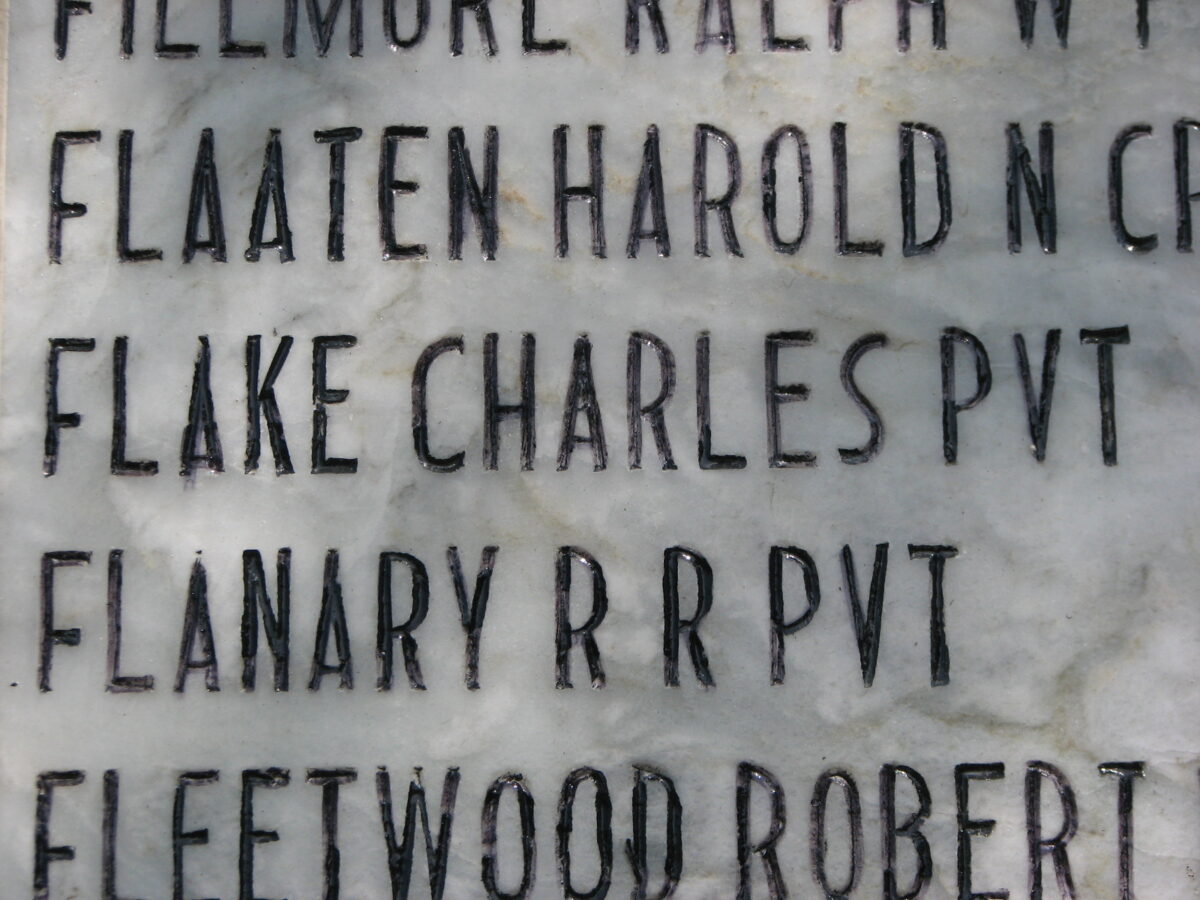April 9, 1942: Reflections on Bataan Death March anniversary

Camp O’Donnell. Photo from Dennis Edward Flake
April 9th marks the sacred anniversary of The Bataan Death March. On April 9, 1942, Major General Edward King Jr. of the United States Armed Forces in the Far East (USAFEE) surrendered thousands of starving Filipino and American troops to the Japanese Imperial Army on the Bataan Peninsula. The Filipino and American Prisoners of War (POWs) were now controlled by poorly organized, incompetent and sadistically cruel Japanese soldiers.
The Bataan Death March has been thoroughly researched and detailed since the end of World War II. The tragedy and brutality of the march needs to be retold year after year especially on its anniversary. The Filipinos and Americans who survived or died on the march need to be recognized and honored for their service and sacrifice.
There are several factual points about The Bataan Death March that appear to receive less attention than other aspects of the horrific event. This article will address the lesser-known points of The Bataan Death March.
First, most of the United States Army soldiers on Bataan were Filipinos. The Philippine Department was the structure of the US Army in the Philippines prior to the creation of the USAFFE in 1941. Fifty percent of the Philippine Department’s manpower were Philippine Scouts. The Philippine Commonwealth Army was merged into the USAFFE on July 26, 1941. Except for some officers and senior enlisted men, the former Commonwealth army was almost entirely Filipino. Some historical accounts incorrectly give the impression that most of the soldiers on Bataan were American.

Camp O’Donnell. Photo from Dennis Edward Flake
Secondly, Bataan was initially a victory for the Filipinos and Americans. Unfortunately, some accounts of Bataan forget the earlier US combat successes in January 1942. These accounts only focus on the surrender and the death march. When the veteran Japanese Imperial Army attacked the US defensive lines in early January, they were soundly defeated. General Masaharu Homma was forced to halt and regroup his forces. He had to wait for reinforcements. The Japanese timetable for conquering Southeast Asia was permanently altered.
Thirdly, a rescue naval armada was never coming to Bataan from Pearl Harbor. The established war planning for the defense of the Philippines determined that US Forces could hold out on Bataan for six months until reinforcements arrived from Pearl Harbor. The war planning did not factor in the near destruction of Pearl Harbor. Even if Pearl Harbor was not devastated, the powerful and large Japanese Imperial Navy controlled the sea lanes from Pearl Harbor to Manila.
Fourth, the condition of the soldiers on the march varied greatly. Most of the POWs suffered from malnutrition. Some of the Filipino and American POWs also had to endure wounds, injuries and tropical diseases. The length of the march also depended on the prisoner’s location on the sizable Bataan Peninsula. Some POWs were lucky enough to ride in a vehicle for some of the march. In general, the POWs on The Bataan Death March had to tolerate 12 days of pure agony.

Private Charles Flake, a Bataan Death March survivor, succumbed to cerebral malaria shortly after his arrival at Camp O’Donnell. He was only 21 years old. Photo from Dennis Edward Flake
Fifth, the death march did not end in San Fernando in Pampanga Province. San Fernando was only an interim stop on the way to Camp O’Donnell. The pain and suffering continued. In many cases, the suffocating train ride from San Fernando to Capas in Tarlac Province was the worst part of the march. Once the POWs arrived in Capas, they were forced to march the rest of the way. Naturally, their physical conditions were worse than when the forced march commenced 12 days earlier.
Sixth, the humanitarian actions by Filipino civilians along the course of the march was phenomenal. The civilians covertly and overtly provided water and sustenance to the POWs. At times, the Filipinos civilians risked an injury or death from a ruthless Japanese soldier. The conditions of the POWs would have been considerably worse if the civilians did not intervene with humanitarian aid and actions.
Seventh, for months, the horrible account of The Bataan Death March was classified as Top Secret by the US Army. In 1943, several American POWs had escape from a Japanese POW camp in Davao on Mindanao Island in the Southern Philippines. The escapees were helped by Filipino guerrillas and were eventually transported by a submarine to Australia. Senior American officers decided to classify their provocative information. On January 28, 1944, the news was leaked to American newspapers. The American public was outraged.
On a personal note, I had a distant cousin, Private Charles Flake, who survived The Bataan Death March despite being injured and afflicted with cerebral malaria. Unfortunately, he succumbed to the cerebral malaria shortly after his arrival at Camp O’Donnell. He was buried in a mass grave at the POW Camp. His remains were not repatriated to his family in the US until many years after the war. He was so far from home and only 21 years old.
Dennis Edward Flake is the author of three books on Philippine-American history. He is Public Historian and a former park ranger in interpretation for the National Park Service at the Eisenhower National Historic Site in Gettysburg, PA. He can be contacted at: flakedennis@gmail.com

